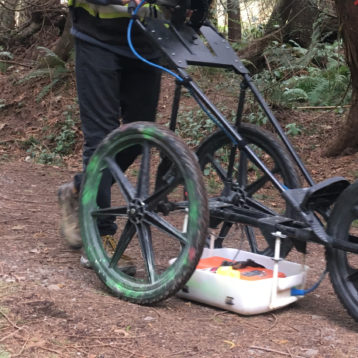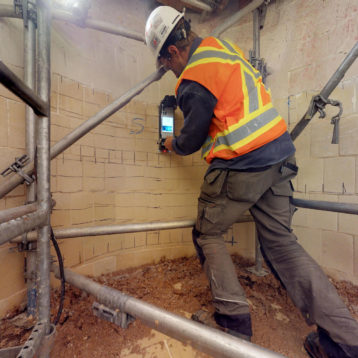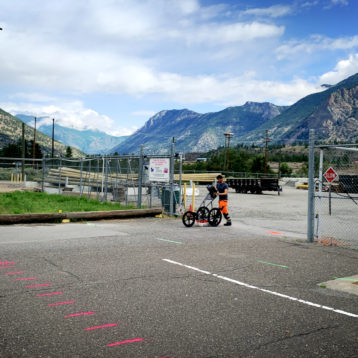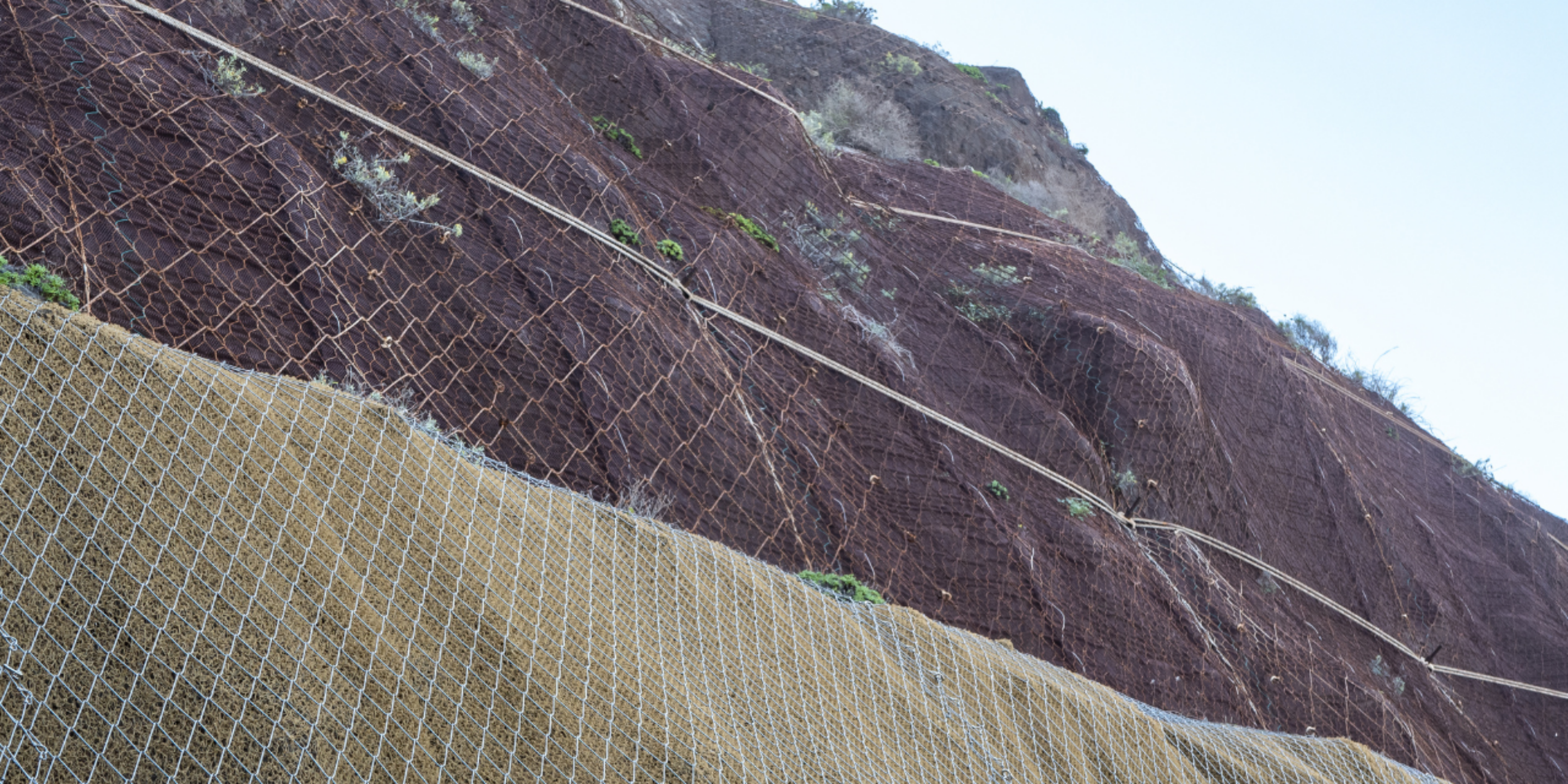
Slope stability assessments rely heavily on quantifiable information from boreholes, surface observations, and laboratory testing to evaluate and identify potential failure zones within a sloped surface. Shallow Geophysical surveys can enhance these assessments, providing additional information on the subsurface.
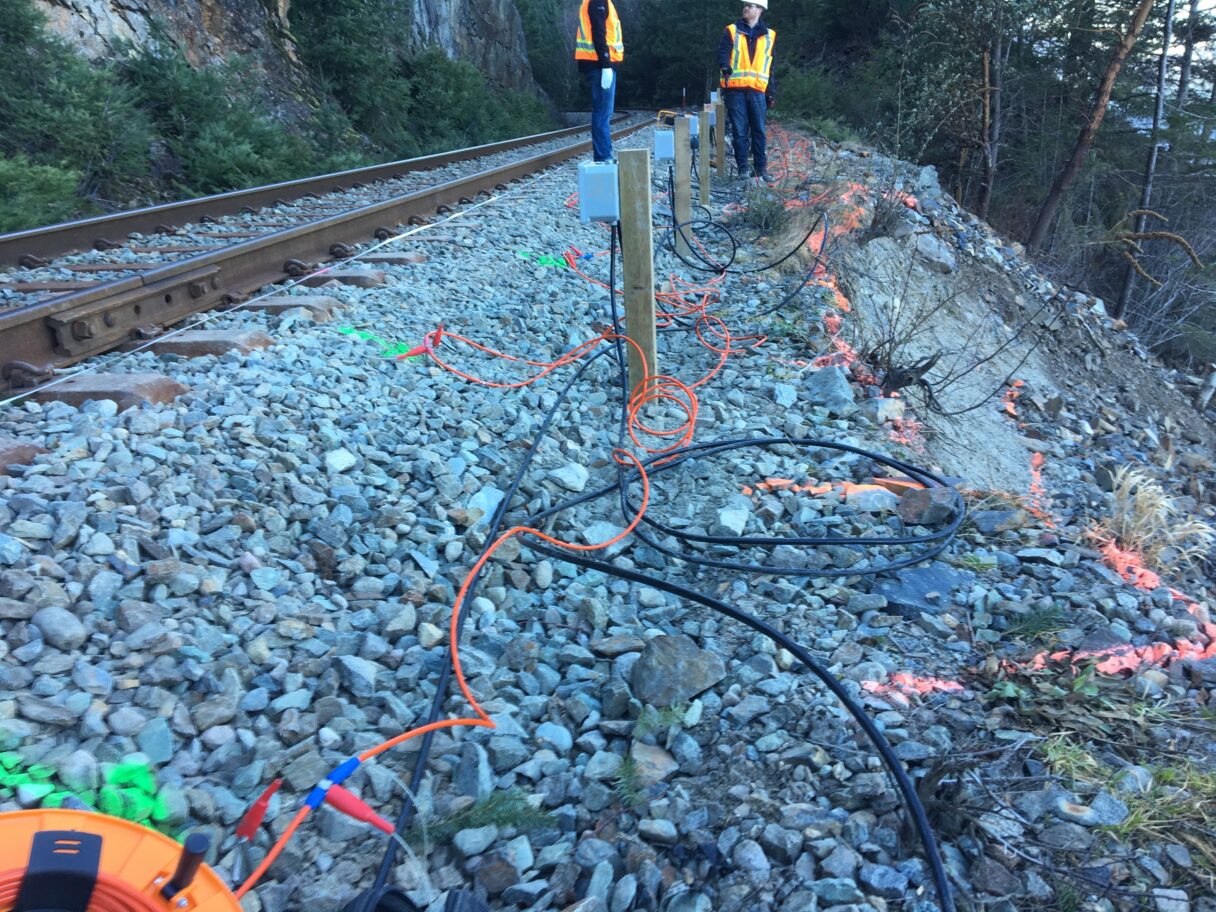
To complement this data-driven approach, geophysical techniques are employed to detect contrasts in the physical properties of the subsurface that are often associated with landslide settings. These methods can provide spatially continuous subsurface information, revealing variations in lithology, soil units, and relative moisture content. Additionally, they can estimate shear wave velocities or track moisture movement across a surveyed area.
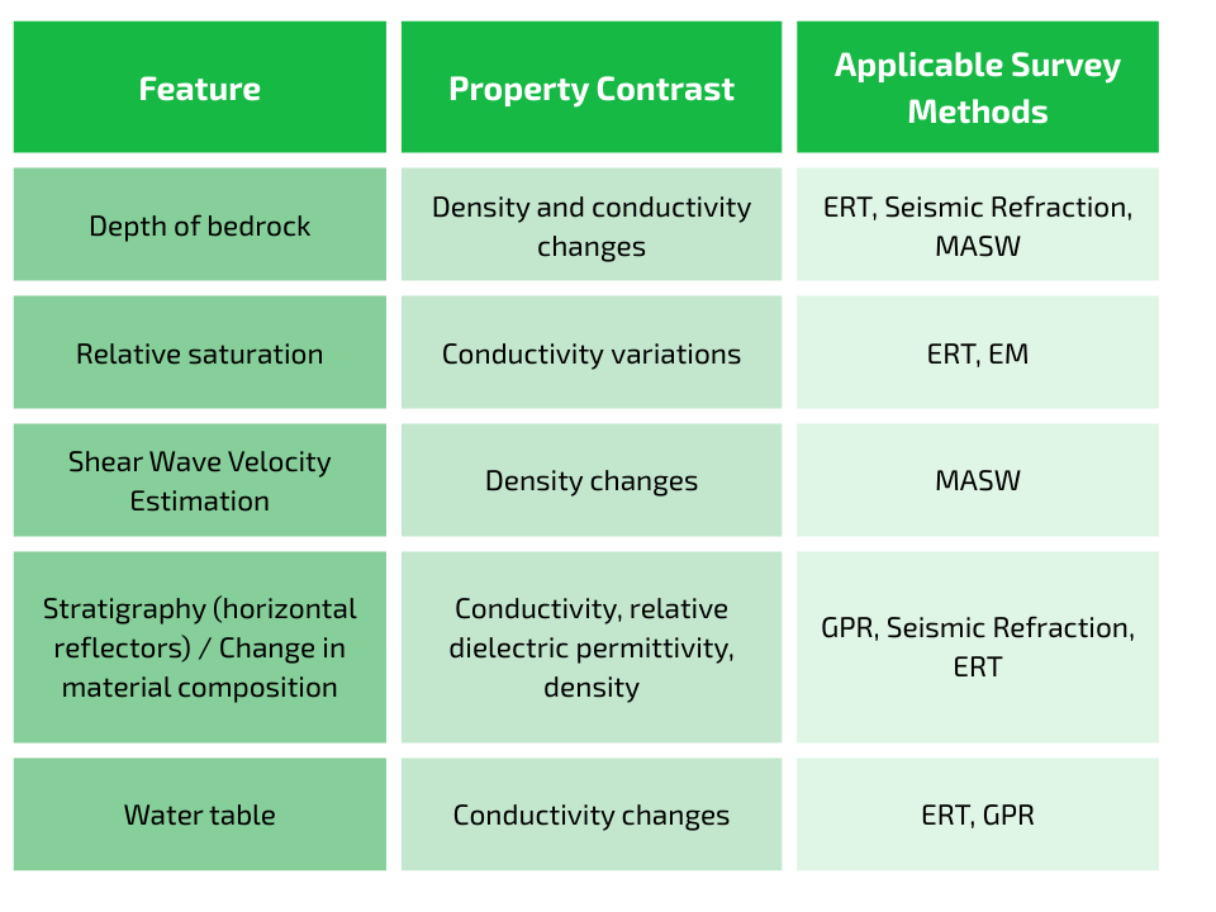
Methods and Survey Techniques
Several geophysical survey techniques are available to support slope stability investigations. Each method targets specific physical parameters, which may not be of direct geotechnical interest but contribute valuable information to the geological model required for slope stability analysis.
The most commonly used methods include seismic surveys—such as MASW (Multichannel Analysis of Surface Waves), electromagnetic techniques like GPR (Ground Penetrating Radar), EM (electromagnetic conductivity), and electrical methods such as ERT (Electrical Resistivity Tomography).
Most of these techniques can be configured for different scales of data collection: single-point measurements (1D), profile-based surveys (2D), or area-wide surveys that produce pseudo-3D or true 3D datasets. The following table summarizes commonly used techniques and their typical applications in geotechnical assessments:
Geophysics, serves as a crucial bridge between localized measurements—linking discrete datapoints across a site. When combined with borehole data, geophysical surveys significantly improve the accuracy of subsurface models. Furthermore, their ability to access difficult or inaccessible areas allows for the acquisition of valuable information from locations that might otherwise remain unexamined.
